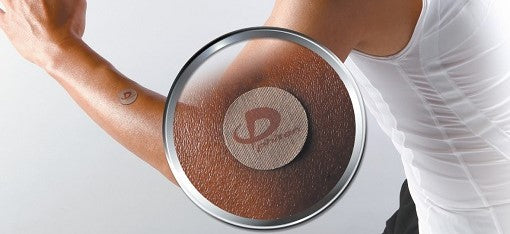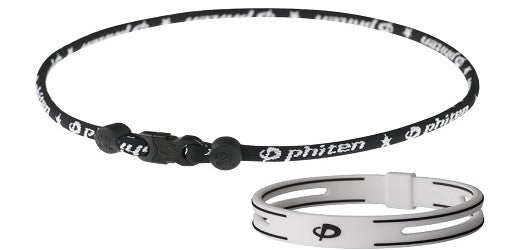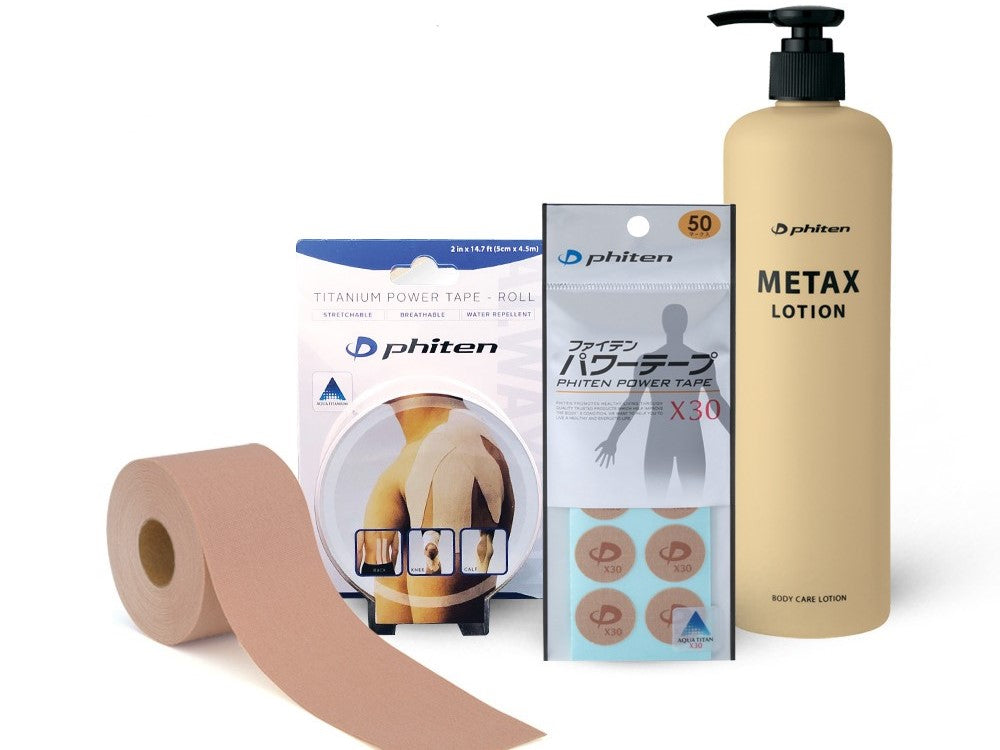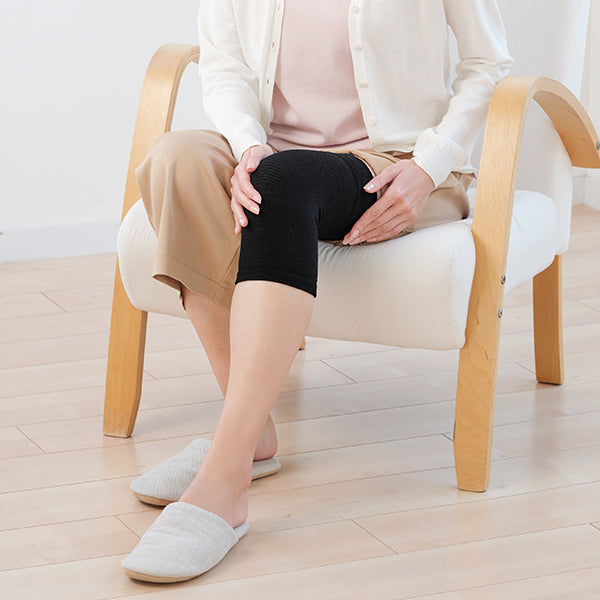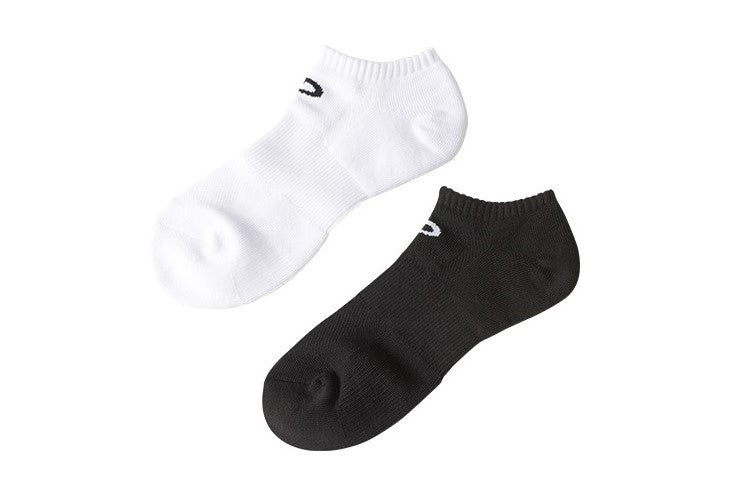Cubital Tunnel Syndrome: Causes and Care
Hello, Valued Phiten Customers,
Welcome back to our series on the causes of elbow pain. After discussing Tennis Elbow and Golfer's Elbow, this week we turn our attention to Cubital Tunnel Syndrome. This condition can cause significant discomfort and impact your daily activities. Let's explore what Cubital Tunnel Syndrome is, its causes, symptoms, and how you can manage it effectively.
Understanding Cubital Tunnel Syndrome
Cubital Tunnel Syndrome occurs when the ulnar nerve, which runs along the inner side of the elbow, becomes compressed or irritated. This nerve compression can lead to pain, numbness, and tingling along the forearm and hand.
Causes of Cubital Tunnel Syndrome
Cubital Tunnel Syndrome can be caused by prolonged bending of the elbow or repetitive elbow movements. Activities that require frequent bending or resting of the elbow on hard surfaces, such as typing, driving, or sleeping with the elbow bent, can contribute to the condition. It can also result from direct trauma to the area or conditions that cause swelling or pressure around the nerve.


Symptoms of Cubital Tunnel Syndrome
- Numbness and tingling in the ring and little fingers
- Pain and tenderness along the inner side of the elbow
- Weak grip strength
- Difficulty with finger coordination
- Symptoms that worsen when the elbow is bent for prolonged periods
Prevention and Management
Managing and preventing Cubital Tunnel Syndrome involves a combination of lifestyle adjustments, therapeutic exercises, and medical treatments to reduce symptoms and promote healing. Here are some key strategies to manage and prevent Cubital Tunnel Syndrome:
- Activity Modification: Avoiding activities that require prolonged bending of the elbow or resting the elbow on hard surfaces. For example, using a headset instead of holding a phone to the ear, and taking frequent breaks when performing tasks that involve repetitive elbow movements.
- Ergonomic Adjustments: Ensuring that workspaces are set up to avoid prolonged elbow flexion. This includes adjusting chair height, using elbow pads or cushions to reduce pressure on the elbow, and ensuring that computer monitors and keyboards are positioned to minimize strain.
- Night Splints: Wearing a splint at night to keep the elbow in a straight position can help reduce symptoms by preventing prolonged bending of the elbow during sleep.
- Stretching and Strengthening Exercises: Engaging in specific exercises to stretch and strengthen the muscles around the elbow can help prevent and alleviate Cubital Tunnel Syndrome. These exercises should focus on gentle stretching of the ulnar nerve and strengthening the surrounding muscles to reduce pressure on the nerve. Consulting a physical therapist for a tailored exercise program is recommended.
- Nerve Gliding Exercises: Performing exercises designed to help the ulnar nerve move smoothly through the cubital tunnel can reduce irritation. These exercises can be prescribed by a physical therapist.
- Ice Therapy: Applying ice packs to the affected area can help reduce pain and inflammation, especially after activities that cause discomfort. Use ice for 15-20 minutes several times a day.
- Medications: Over-the-counter pain relievers, such as non-steroidal anti-inflammatory drugs (NSAIDs), can help manage pain and inflammation.
- Physical Therapy: Working with a physical therapist can provide guided rehabilitation exercises and techniques, including nerve gliding exercises and ergonomic advice, to promote healing and prevent recurrence.
- Medical Interventions: In severe cases, treatments such as corticosteroid injections or surgery may be considered to relieve pressure on the ulnar nerve. Consulting with a healthcare professional for appropriate interventions is important.
We hope this introduction to Cubital Tunnel Syndrome helps you understand how to recognize and manage this common cause of elbow pain. Stay tuned for our next newsletter, where we'll explore another cause of elbow discomfort.
Stay informed, stay healthy,
Disclaimer:
Please note that the information provided in this newsletter is for educational purposes only. It is not intended as a substitute for professional medical advice, diagnosis, or treatment. Always seek the advice of your physician or other qualified health providers with any questions you may have regarding a medical condition. Individual cases may vary, emphasizing the importance of personalized medical advice.


